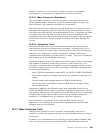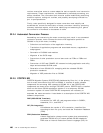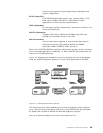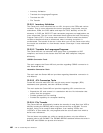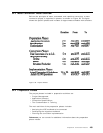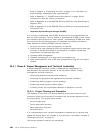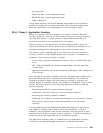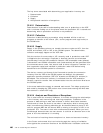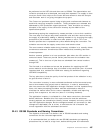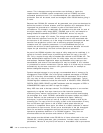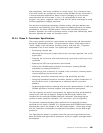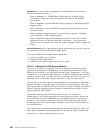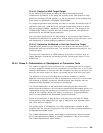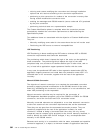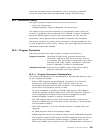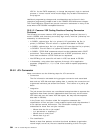be performed on the VSE side and then sent to OS/390. The determination and
collection procedures are developed once and then repeated. The supply is done
once per month. Also unique to the Cortex MS environment is that the analysis
and resolution work is on going throughout the project.
The Cortex tool produces reports listing missing and unreferenced elements to
assist with resolving exception conditions. Those exceptions are reviewed and
addressed by VSE production support personnel. There should be no missing
elements in the supply of the conversion inventory by the middle of the
specifications phase.
Sometimes grouping the exceptions by names provides a clue to their condition.
The next step is to analyze why these conditions exist and then resolve the way
the supply is produced by adding or deleting members or by changing the supply
procedure to pick members or code from other places or edit it. This is an
iterative process that is repeated every three weeks during the conversion. The
schedule ensures that the supply comes clean and remains clean.
The most common mistake made during inventory validation is to casually delete
unreferenced elements. Unreferenced often indicate that something has been
missed upstream.
Another common problem is to have production jobs where the JCL resides in
someone′s desk. These can provide ad-hoc jobs that even the scheduler was
unaware of. This is also true of jobs that are submitted from remote locations
through RJE.
The first task is to validate and correct the procedure for supplying the VSE
source material and the design that is included in the conversion plan. A second
important task is to validate the VSAM user catalog file definitions regarding
VSE/MVS compatibility.
The key point here is that the quality of the final product of the validation is only
as good as what is fed to it.
The conversion inventory is mass collected-transferred-verified-converted every
two to three weeks from project start to switchover, in order to automatically
take into account the VSE application changes. Because it will be repeated many
times, this mass processing procedure must be automated to reduce or
eliminate the manual effort and to ensure repeatable, reliable and improving
quality from a capture to the next one (less or no missing elements).
The application inventory is collected for a final mass conversion a few weeks
before switchover. Between this final mass conversion and the switchover,
several captures are scheduled to identify (source compare) and carry-over the
last VSE application changes. But the changed elements are converted (or their
changes are duplicated) one at a time, to eliminate the risk of massive last
minute regression with the automated conversion.
32.4.3 OS/390 Standards and Naming Conventions
The objective of this task is to define a set of OS/390 standards and naming
conventions for the converted applications.
It is recommended that you define the new OS/390 standards and operating
procedures first, at least at a high level, before defining new JCL-referenced
Chapter 32. Conversion Process 497



